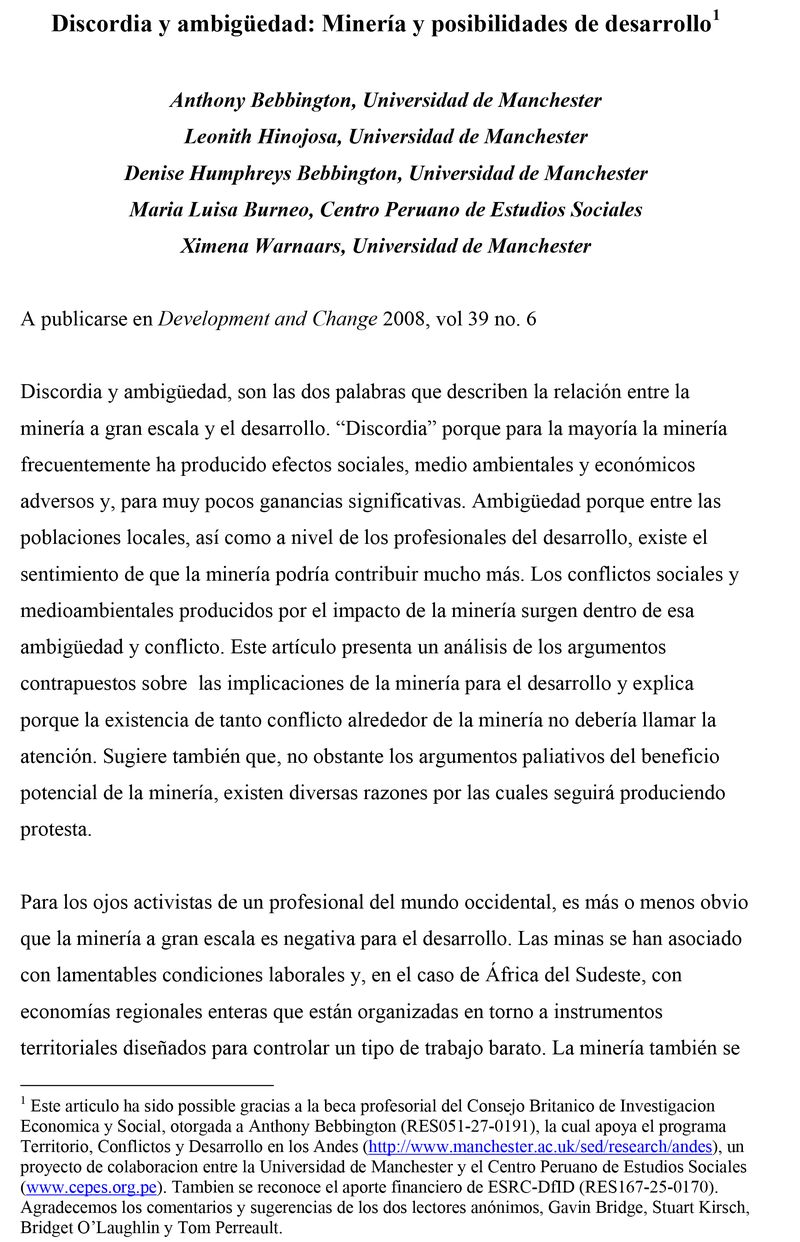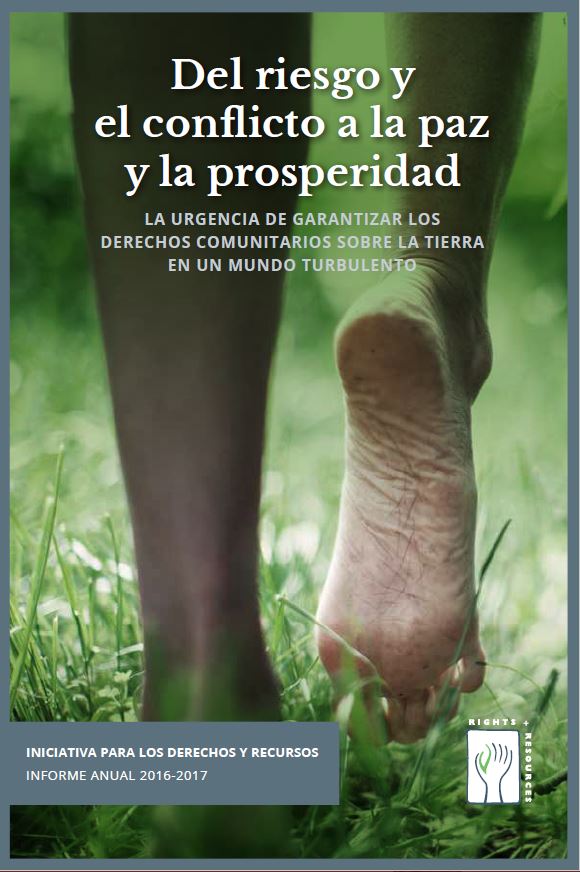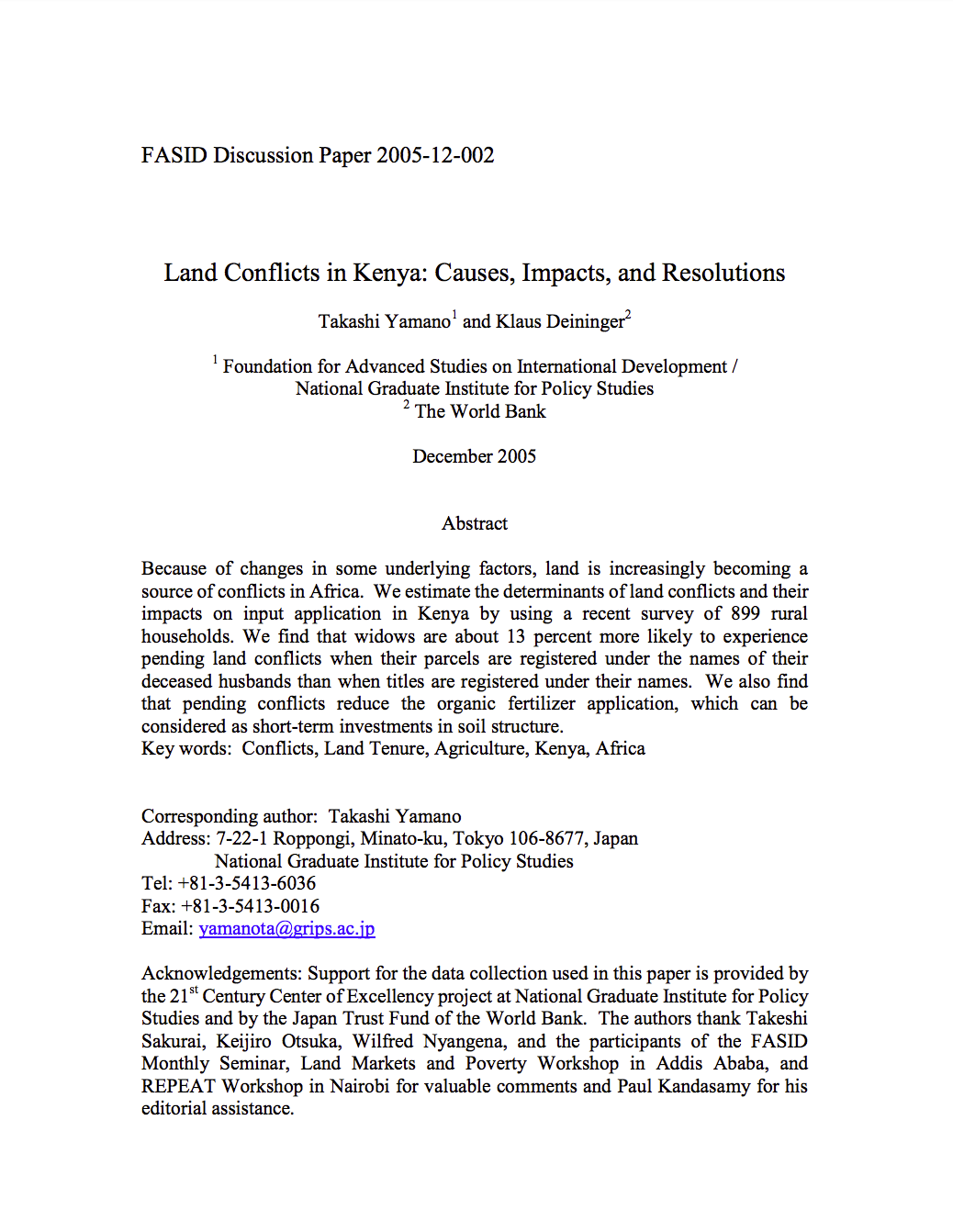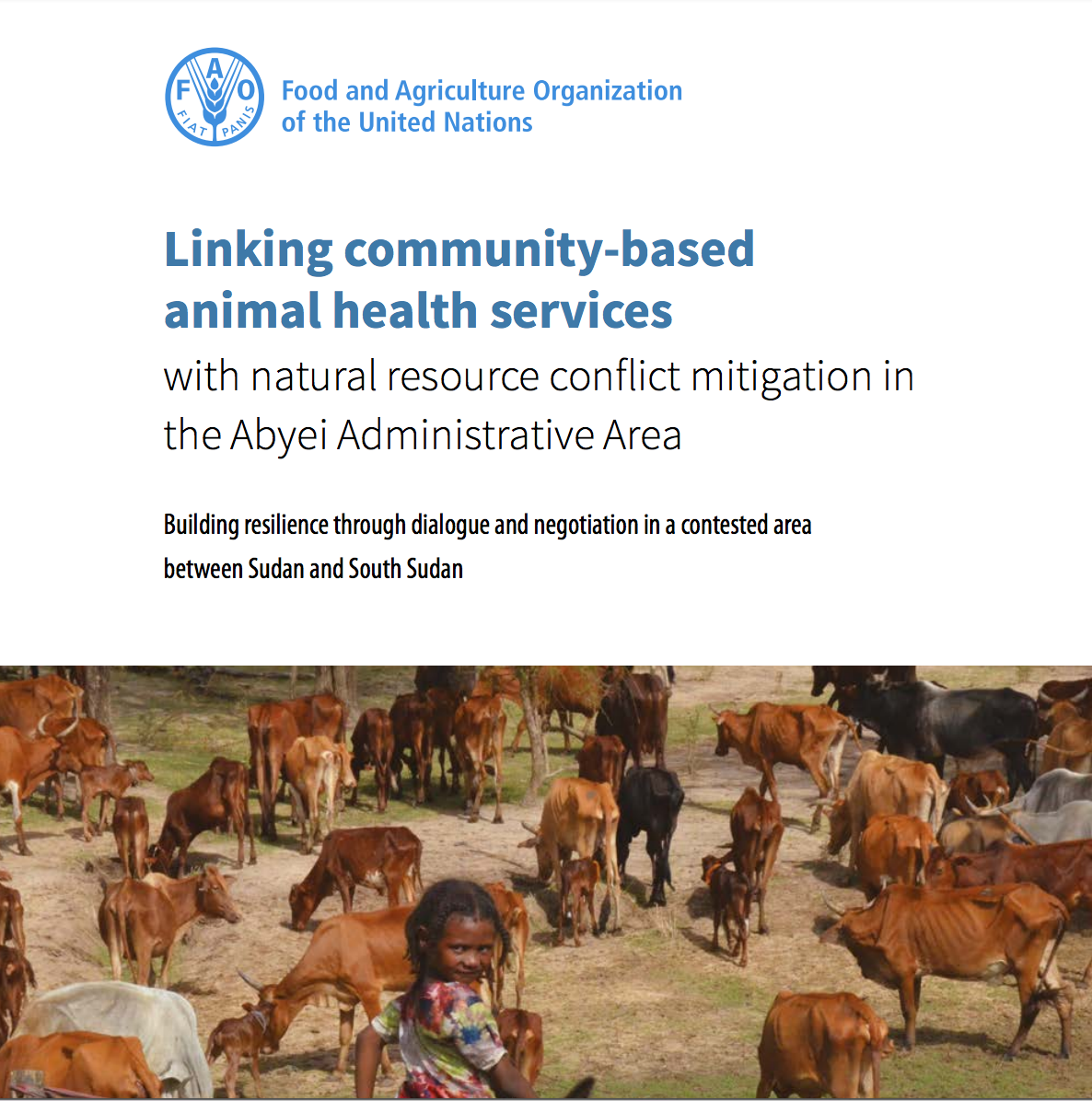Con la soja al cuello 2016 - Informe sobre agronegocios en Paraguay
El avance de los agronegocios se da en múltiples y diferentes dimensiones, la más visible de ellas es la ocupación del territorio. Ya los datos del año 2008 indicaban que 3% de las fincas ocupaban el 85% de la tierra, y datos actuales indican que 94.25% de las tierras cultivadas están destinadas a la producción de comodities agrícolas y solo 5.75% para la producción campesina. Esta situación tiene cada vez mayores efectos directos en la vida de toda la población paraguaya.








